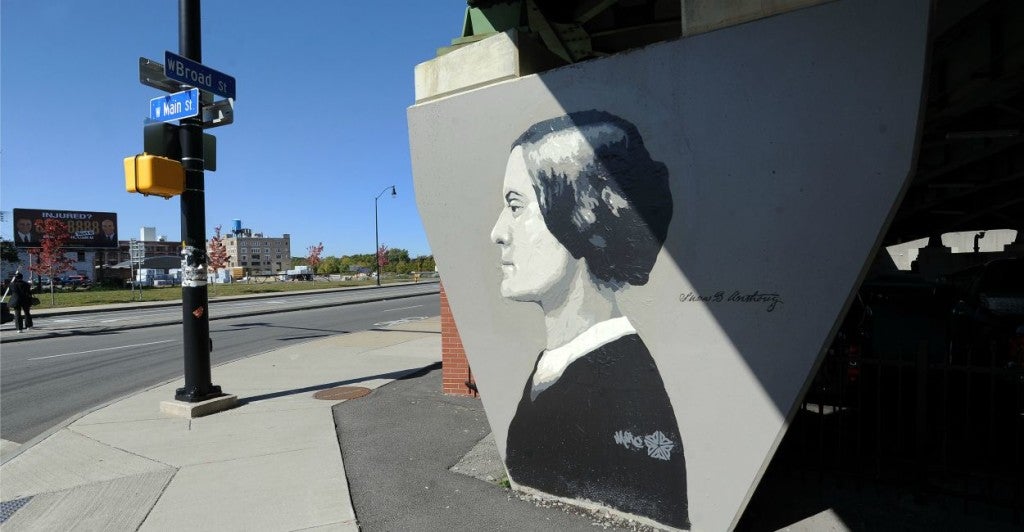In 2015, it is hard to imagine a time when women were not allowed to vote. But in early 1920, as the Roaring Twenties jumped into full swing, the only newfound freedom women enjoyed came in the form of bobbed haircuts and rising hemlines.
Then, on August 18, the 19th Amendment was ratified. For the first time, women in the United States were able to take their voices to the polls.
Millions of women cast their very first votes on November 2, 1920, during the presidential election of Warren G. Harding.
The date marked a turning point in American history, and a victory for those who fought for roughly 70 years for the right to vote, including leaders Elizabeth Cady Stanton and Lucretia Mott.
These early pioneers gathered around 200 women in July, 1848, at Seneca Falls, New York, for the first women’s rights convention in the United States.
Stanton and Mott first met in 1840 at the World Anti-Slavery Convention in London, which they attended despite not being allowed on the convention floor due to their gender. Bonding over this exclusion, Stanton and Mott vowed to fight for equal rights.
Soon, they were joined by Susan B. Anthony, a suffragist at the time known for being arrested and fined $100 after registering to vote in Rochester, N.Y., during the 1872 election of President Ulysses S. Grant. Anthony, a champion for women’s rights, swiftly fought back with a petition to Congress, arguing “that the fine imposed upon your petitioner be remitted, as an expression of the sense of this high tribunal that her conviction was unjust.”
With the deaths of Stanton and Anthony in the early 1900s, new leaders took charge.
Women’s voting rights began to take hold at the state level as many states—Washington, California, Oregon, Arizona, and Kansas, to name a few— began to grant women the right to vote between 1910 and 1918.
In 1918, President Woodrow Wilson changed his stance on women’s suffrage and became the first president in office to support the ratification of the 19th Amendment.
“I regard the extension of suffrage to women as vitally essential to the successful prosecution of the great war of humanity in which we are engaged,” Wilson said, as reported by The New York Times.
The Susan B. Anthony Amendment was proposed in Congress in May of 1919. Now known as the 19th Amendment, it passed in both the House and Senate.
The Amendment was then sent to the states for ratification. Thirty-five states passed it by the end of March 1920, leaving it just one state short of the two-thirds majority that was needed.
Finally, on this day 95 years ago, Tennessee became the 36th state to ratify the 19th Amendment after a tie in the state legislator brought the deciding vote to 24-year-old representative Harry T. Burn.
Burn’s unexpected decision to side with women’s rights activists like Carrie Chapman Catt came about after a change of heart within 11 hours of the vote.
As it turns out, Burn had received a note from his mother that read, “Be a good boy and help Mrs. Catt put the ‘rat’ in ratification.”
